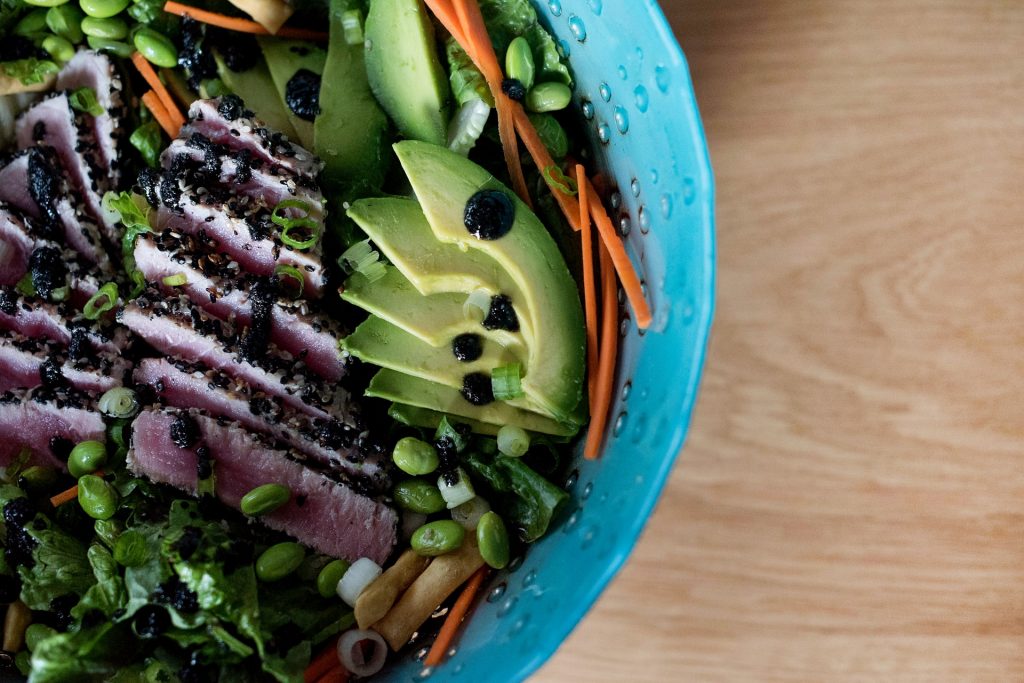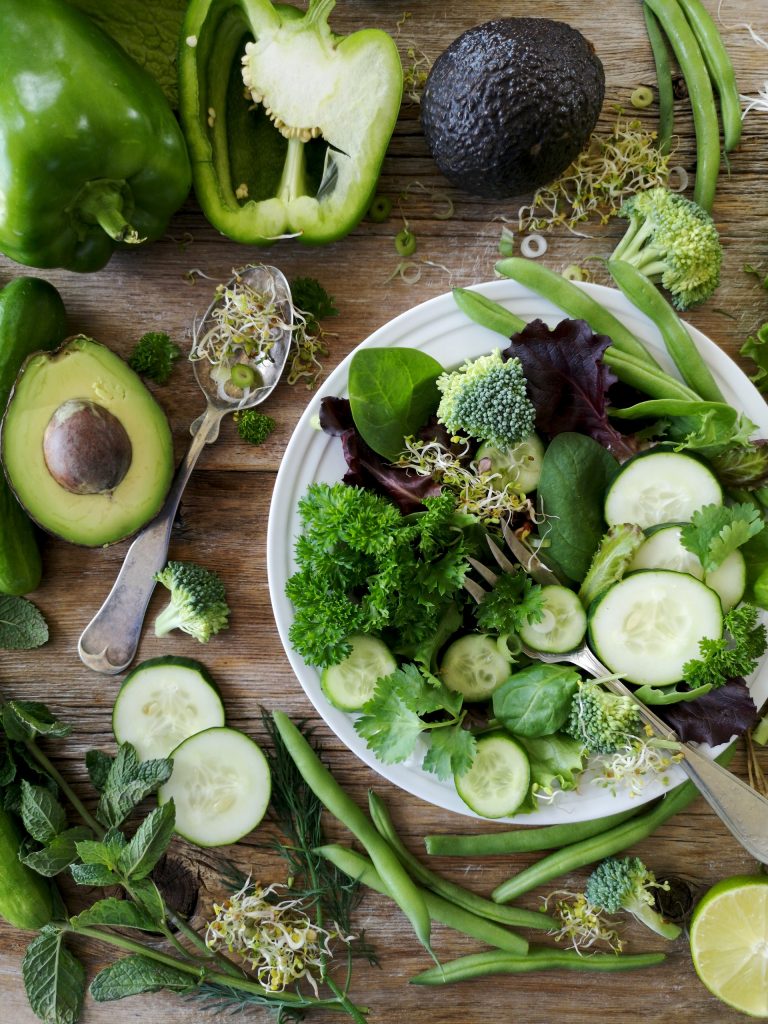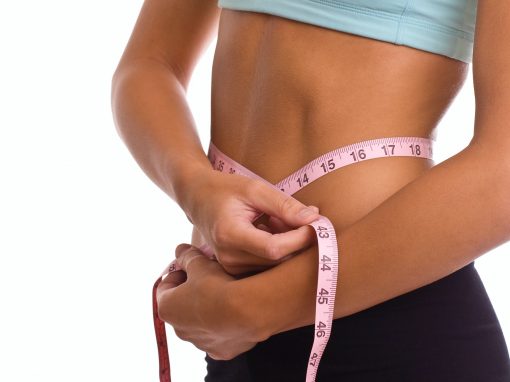Keto has become one of the fitness buzzwords in recent years. However, most people only have a passing idea of what it means. That is why we must take a closer look at the actual science behind the Keto diet and how it works.
This guide will focus on the specific aspects of the Keto diet, starting from it works to the potential health benefits it can bring to the table. It will also delve into the specific foods you need to consume and the ones you need to stay away from when following this fitness plan. So, be sure to keep reading!

Explained briefly, the ketogenic diet, also commonly referred to as Keto, is a dietary plan that focuses on drastically reducing carbs and maximizing high-fat foods. The end goal of this diet is to help your body reach a metabolic state known as ketosis.
Ketosis is the state when your body’s metabolism is working at a highly efficient rate that it can effectively burn fat for energy. Moreover, your body will be able to turn fat into ketones in your liver – a vital energy source for your brain and the rest of the body.
Needless to say, this is just one of the many benefits that come with this diet. For instance, people report experiencing massive drops in their blood sugar and insulin levels while following this diet. That said, it hardly comes as a surprise that this diet has gained traction and has exploded into popularity.

Of course, it is also worth mentioning here that there are several strands of the ketogenic diet. They are all worth looking into so readers can know how they work and which one would work best for them:
- Standard ketogenic diet (SKD) – This is the most researched and studied of all ketogenic diets. This diet focuses on a high-fat and low-carb food plan with a moderate-protein intake. In more concrete terms, this means that you can only consume 5% carbs, 20% protein, and around 75% fat.
- High-protein ketogenic diet: The principles used by the standard ketogenic diet also apply to this version albeit with some minor adjustments. Namely, it increases your protein intake ratio. Instead of 20%, the recommended protein intake will now be set at 35% and fat intake will be reduced to 60%.
- Targeted ketogenic diet (TKD): This is a more flexible version of the ketogenic diet. It will allow you to consume more carbs, especially as pre and post-workout meals.
- Cyclical ketogenic diet (CKD): As its name suggests, the cyclical keto diet follows a schedule instead of a sustained effort. To be more specific, in a week, 2 days will be allotted to a high-carb diet while the remaining 5 days will be dedicated to the keto diet.
Take note that the first two types, the standard, and high-protein ketogenic diets, have a lot of research to back up their efficacy. Of course, the cyclical and the targeted ketogenic diets are also commonly used by professional athletes and bodybuilders.

The ketogenic diet is an effective means of losing weight. Most people argue that it is even more effective than other low-fat diets. For instance, there have been studies that report individuals losing twice the amount of weight compared to when they were following more restrictive diets.
The keto ratio is reportedly so effective that counting calories is no longer a necessity. That said, the increased protein intake and reduced carbohydrates are one of the most crucial factors at play here.
In addition to this, Keto a distinct advantage over every other fad diet out there. Aside from weight loss, keto also brings several additional health benefits. It all has to do with the state of ketosis and the subsequent increase in ketones.
Listed below are some of the additional benefits that come with the keto diet:
- Alleviating the Effects of Diabetes – Insulin sensitivity is reportedly reduced by the Keto diet. The resulting weight loss also helps prevent exacerbating type 2 diabetes.
- Preventing Heart disease: Due to the resulting weight loss, you are also effectively reducing risk factors like high cholesterol levels and high blood pressure.
- Reduced Acne: Changes in your metabolism and the reduction of processed foods will help improve your skin and prevent acne breakouts.

Of course, while keto is less restrictive than most, it should be made clear here that it also comes with strict rules. Again, the main goal is to reach ketosis. Unfortunately, that is easier said than done. So, while you won’t need to count calories to effectively do this, you will need to be mindful of the things you eat.
This means that there are certain things you need to avoid. Needless to say, any carb-rich foods are off-limits. This can include sugary foods like soda, cake, and ice cream. You should also stay away from certain grains, namely, wheat-based products as well as rice and pasta. Needless to say, this will also apply to beans, legumes, and root vegetables like kidney beans, potatoes, and carrots.
It is also worth noting that you should stay away from highly processed foods as they often contain a lot of carbs. So, be sure to read the label closely. Even condiments or sauces can also affect ketone production.
Instead, you should base your diet on single-ingredient foods. For instance, meats, particularly red meat are ideal for the keto diet. The same can be said for salmon, tuna, and other fatty fishes. If you are craving fruits, then take note that avocadoes are perfect for your needs. It is also great if you can introduce some green veggies to your food plan as they are incredibly low-calorie.
It is also worth stating that you are free to use all manner of condiments and seasonings on your food. However, the same rule still applies – stick to single ingredients. So, feel free to use salt, pepper, and herbs to season your meals.
There you have it, a comprehensive overview of the keto diet. If you are looking for a safe and effective way to lose weight, then this is the way to go. The best thing about it is that it isn’t even that restrictive.



